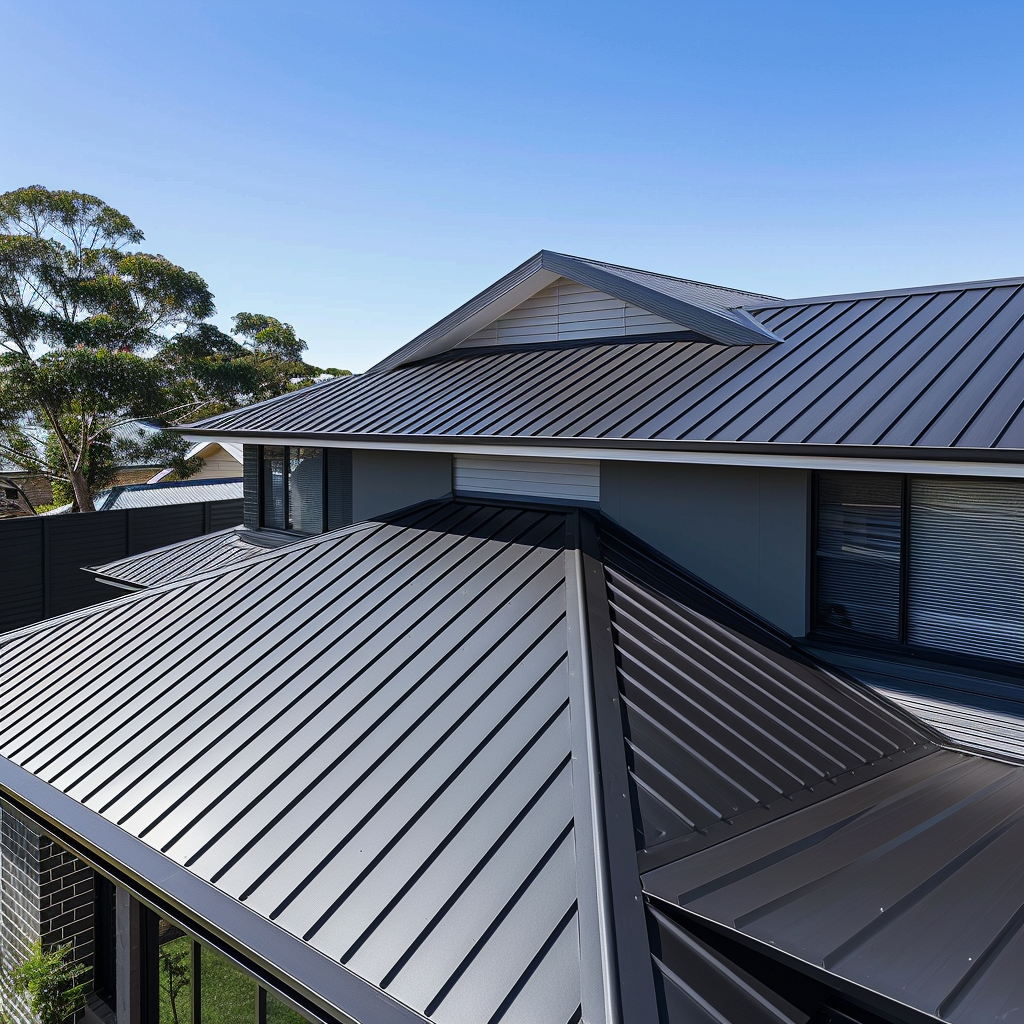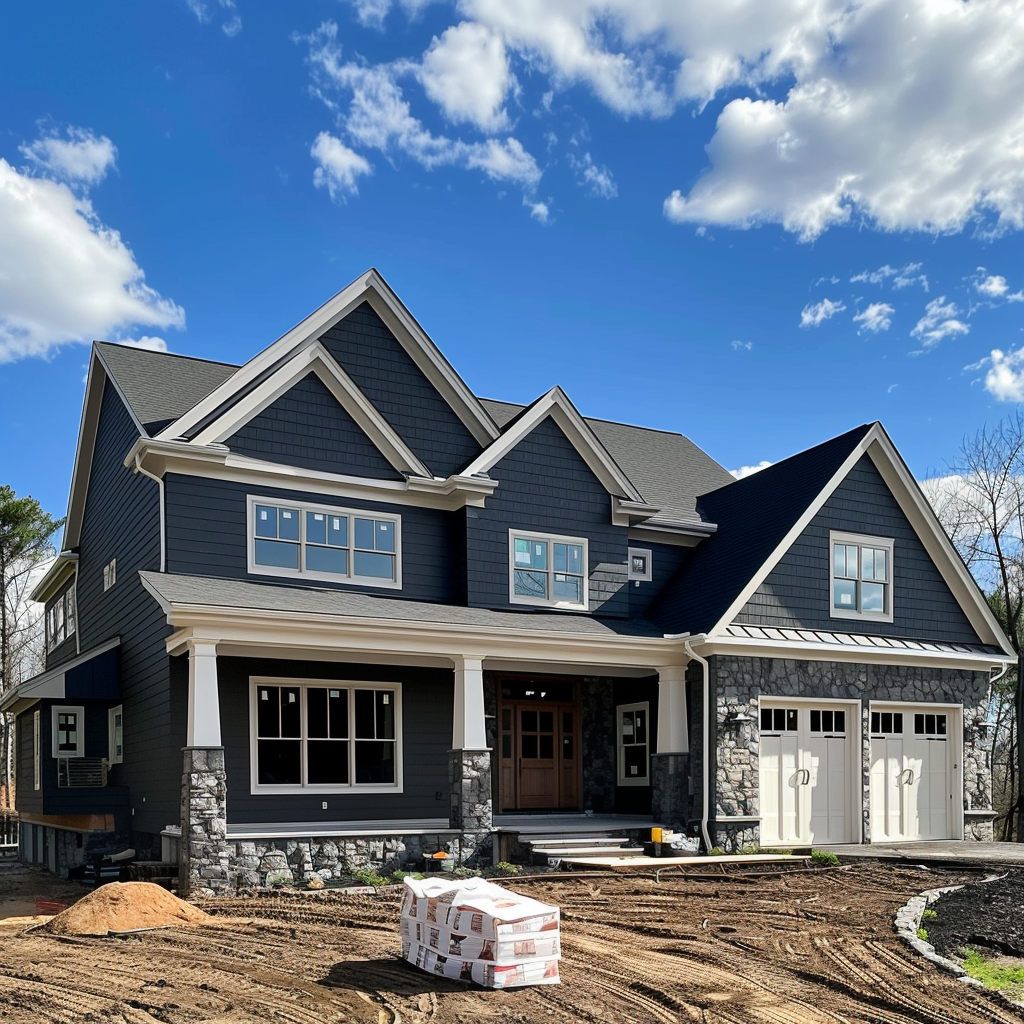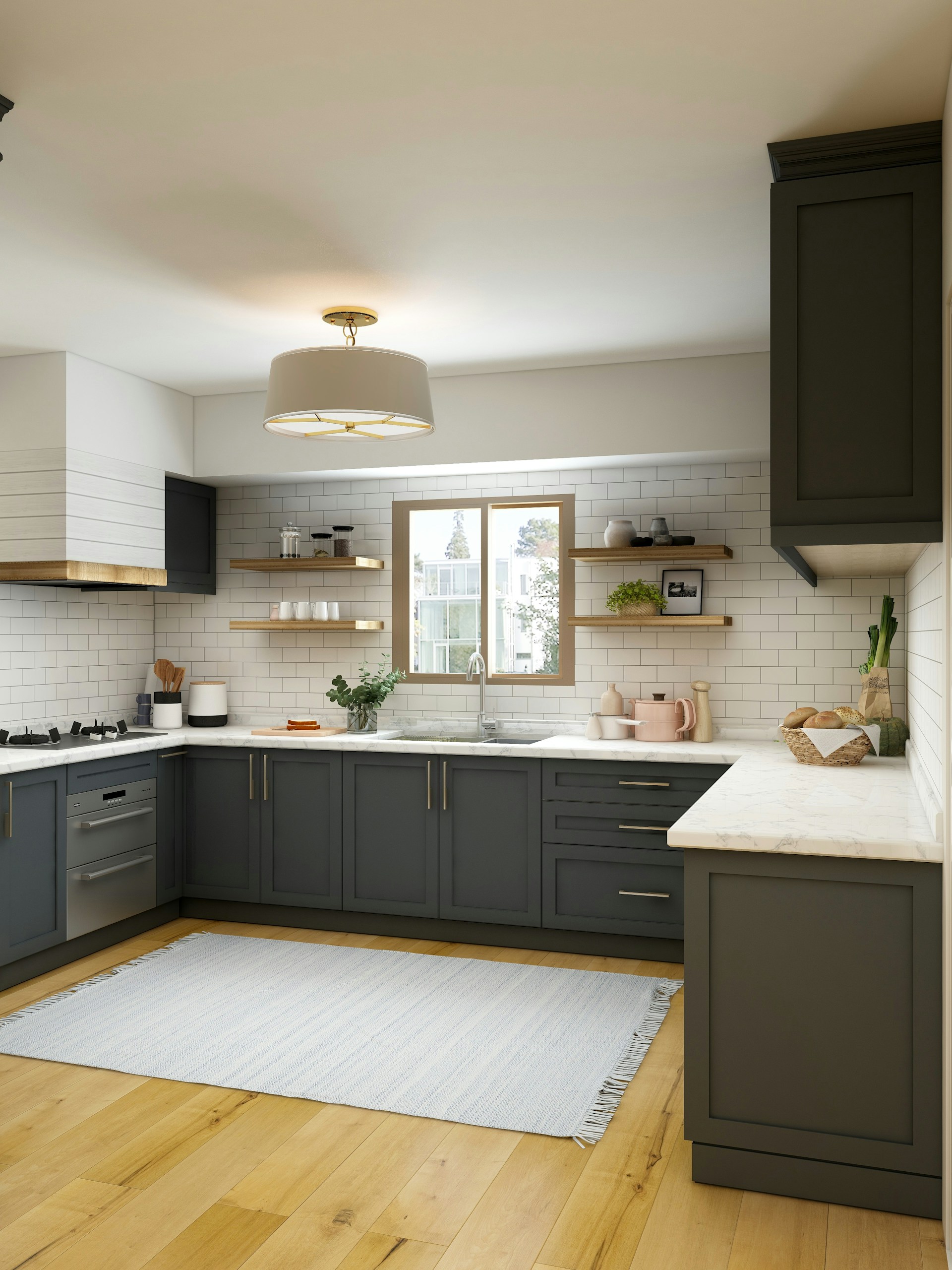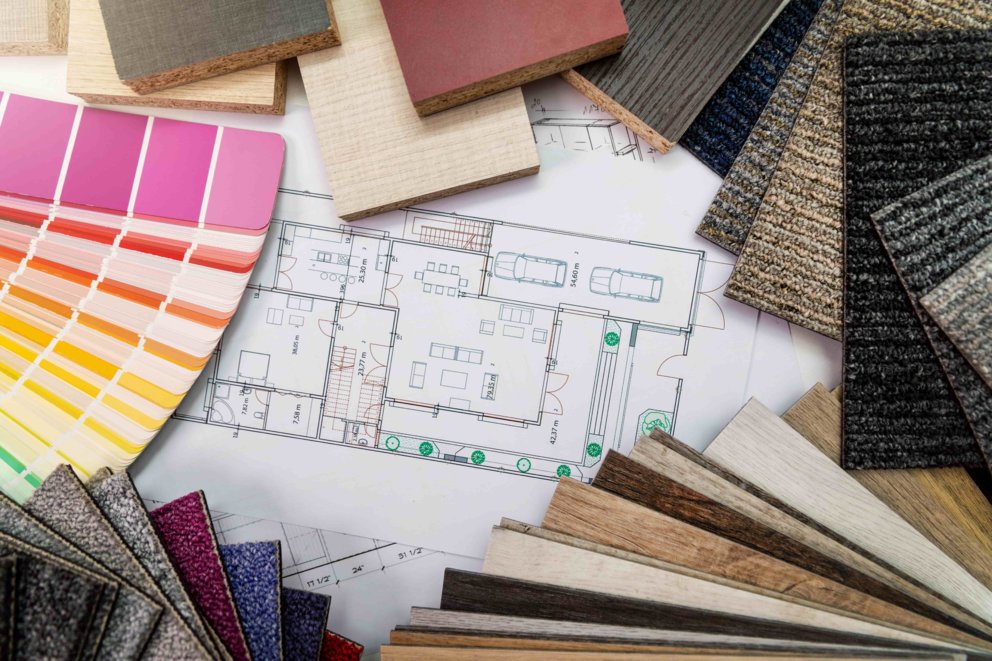
LANDCONNECT — 06 October 2020
50 Interior Decorating Tips: Make Your Home Magazine-Worthy
Design Tips that will give your home that high-end look, while sticking to your budget
We all want that showroom home – the one that looks like it was pulled straight from the pages of a magazine. But, not all of us can afford a professional interior decorator and are instead left to fend for ourselves, often without even knowing where to start.
But an awesome looking interior shouldn’t be exclusive to those who can pay for professional help. To even the playing field, we spoke to interior decorating professionals to find out how any homeowner can make their space look great.
Without further ado, let’s take a look at 50 of the finest interior design tips.

Colour
- Visualise your ideas: Start visualising your colour scheme by creating a mood board (Pinterest is great for this!)
- Use a cheat sheet: A colour wheel illustrates colour relationships – use one to help you decide on a colour scheme.
- Get inspiration from art: Struggling for ideas? Find a piece that you love and pull your interior colours and textures from it.
- Limit your colour count: When choosing a colour palette, select no more than three core colours.
- Set rules and play by them: Establish a basic colour scheme for the whole house, but feel free to use it differently in each room.
- The 60/30/10 rule: 60% of any room should be the main colour, 30% should be the secondary colour and the remaining 10% should be the accent colour.
- Double your accent: The 10% of accent colour can either be a single colour, or evenly split into two complementary colours (5% each.)
- The ‘wow’ factor: Add bright and bold colours through the use of statement pieces and small patches of accent paint.
- The 80/20 rule: You should counterbalance the use of strong colours with a greater amount of neutrality. Aim for a ratio of 80% neutral to 20% bold.
- Test your paints: Before committing to a certain colour, brush on small paint samples to get a sense of what they’ll look like on your walls.
- Keep things fresh: Small areas of accent paint colour can be painted over whenever you want, making them a great way to bring a fresh new look to a space (and without the permanent commitment.)
- You’re hot then you’re cold: Mix warm and cool colours in your house for a contrasting yet balanced look.
- Classic or contemporary: Warm colours are associated with classic or traditional looks, while cool colours are more often used in modern interiors.
- Strategic intensity: Dramatic colour is best used in corridors, hallways and other spaces that you pass through.
- Don’t be too busy: Leave ‘white space’ in a room to allow the eye to rest.
- Avoid impulsiveness: Save your mood board and chosen colour palette on your phone so that you can always look them up, to ensure that any enticing piece that you stumble across will match.

Light
- Shine a light on your colours: Colour can change depending on lighting conditions, so ensure you’re happy with how your choices look in both natural and artificial light.
- A different kind of light: Indeed you should consider all types of lighting – not just general, but ambient, task, mood and accent too.
- Playing with light: By generating light from multiple sources, the mood and ambiance of your home can be enhanced.
- In the limelight: Add a spot of light to create emphasis on an art piece.
- Reflections: Bring in more natural light by hanging a mirror opposite a window.
- Create clean light: Mount wall lamps on each side of a mirror to minimise shadows.
Preparing the space
- Look up: Often ignored, decorating the ceiling can really redefine a room, so why not dress it up with paint, lacquer, wallpaper or molding?
- Find your focal point: Every room needs a focal point, whether art, a feature wall, or a statement piece of furniture.
- Add space with colour: Create the illusion of more space by painting your baseboard, walls and ceiling in the same colour.
- Paper the walls: Liven up powder rooms and areas of transition with a bold wallpaper.
- What is art?: When used as an accent wall, wallpaper can replace expensive artwork.
- Shop to fit: Don’t let your heart override your head. Always measure your space and make an interior design plan before buying anything.
- Open up bottlenecks: Try to make the doorways and arches between rooms as high as possible, bring light in to make the space feel more open.
- Mind the gap: A room will appear larger and more spacious when the furniture is placed away from the wall.
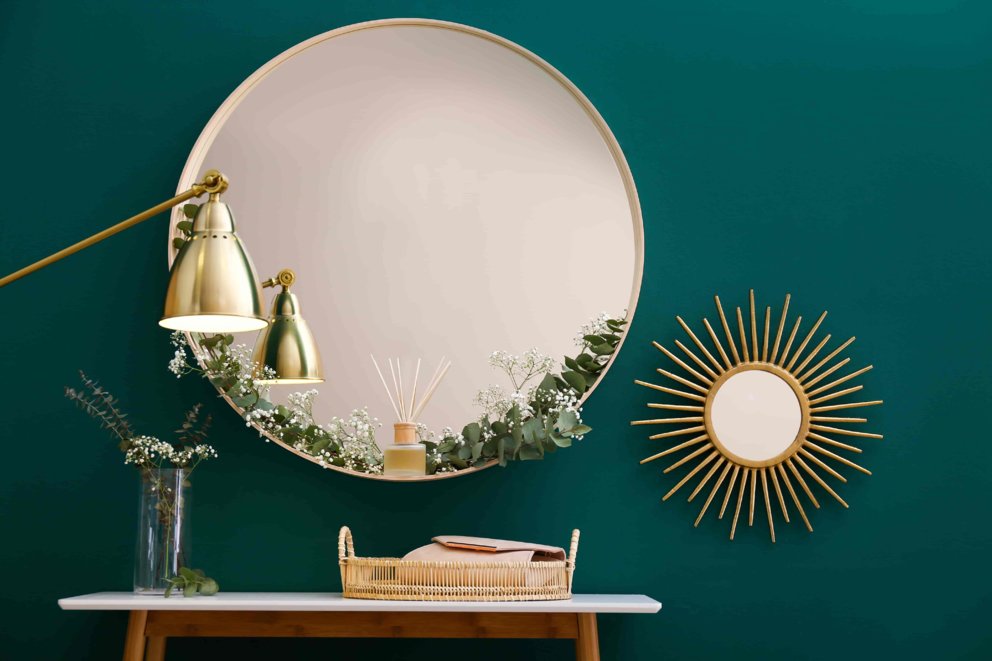
Decoration
- Start big: The largest furniture pieces, whether sofa, wardrobe or bed, will dominate your space, so it’s wise to choose the big items first and build your space around them.
- Take your time: There’s no need to decorate an entire room all at once. If you can’t find the right piece, don’t push it – be patient and the perfect item will eventually come along.
- Cloth before colour: To make sure your paint goes well with the rest of the room, consider buying your textiles first.
- Textured textiles: Vary the scale of the different fabric patterns you choose in a room.
- Form and function: Using pieces that are as functional as they are beautiful allows you to create a perfectly minimalist look.
- Bring the outside in: Large plants can add a calming natural element to your indoor space.
- Go evergreen: To achieve a clean and modern feel, decorate with large plants that don’t bloom.
- Keep ‘em guessing: For more visual interest, group odd numbers of accessories, and items with different textures, tones and heights.
- The same, but different: Pair different patterns and textures that balance each other visually.
- Add space with mirrors: Large mirrors can add a sense of space – potentially doubling it in smaller rooms.
- Hang them high: Hanging curtains close to the ceiling can make a room look taller.
- Beneath your feet: Rugs are an effective and inexpensive way to add colour and texture to a room.
- Anchor your rug: Make sure at least the front two legs of the sofa and armchairs are sitting on the area rug.
- Forge a metal friendship: Mixing different metals in different finishes creates a cohesive yet dynamic look.
- Blend eras: Mix modern pieces with antiques for an eye-catching result.
- Another 80/20 rule: When mixing interior styles, devote 80% of the room design to one style, and 20% to the other.
- Get some real life inspiration: Looking for style inspiration? Showrooms and open houses can be a great source of ideas.
- A pillowy bridge: Decorative pillows are a simple but effective way to bridge between two décor styles.
- Tell your story: Build your interior decorating around a unique story, and ensure every object is in line with that vision.
- Inject a bit of you: Always put a bit of your own personality into your interior. Take a trend & make it your own.
Interior design isn’t easy – if it was everyone would be great at it! Decorating your own home can be incredibly rewarding though, and if you’re happy to trust your instinct, you have an opportunity to create a space that is as stunning as it is unique.
And with the help of these 50 tips, you can be confident that you’re heading in the right direction.

